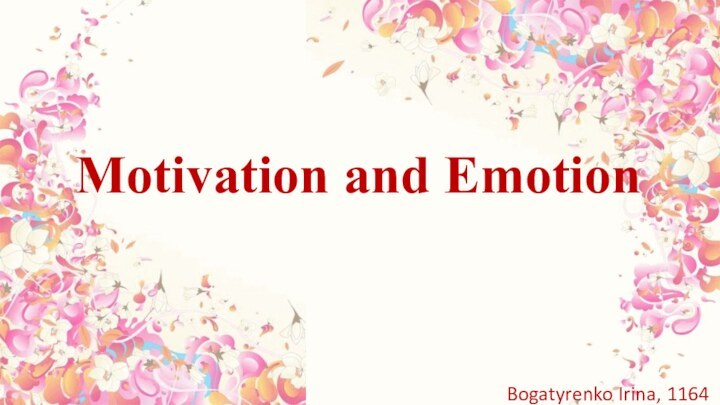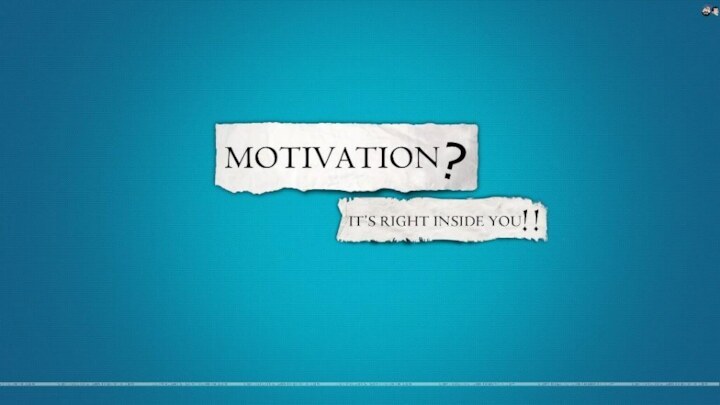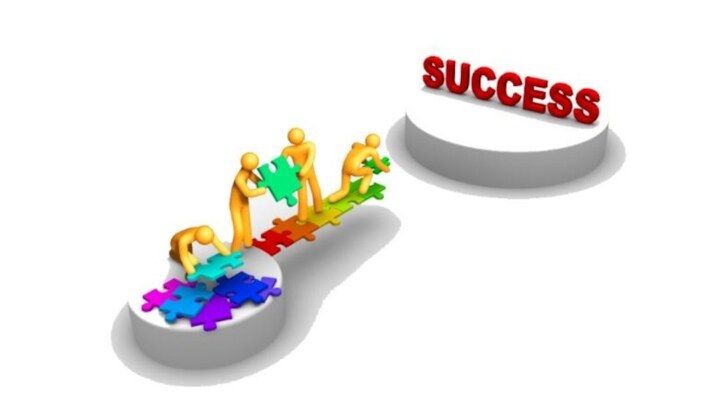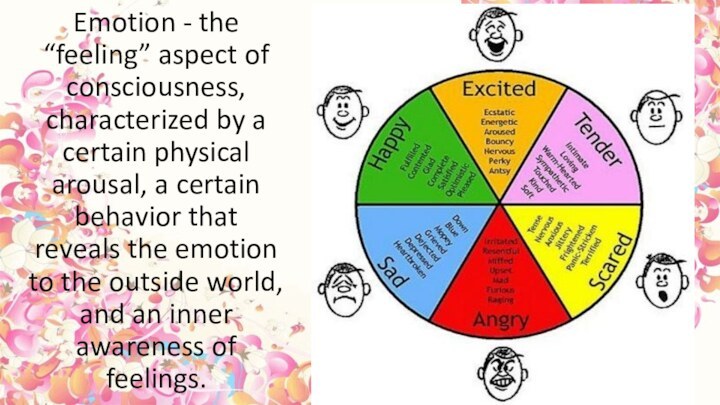started, directed, and continued so that physical or psychological
needs or wants are met.Extrinsic motivation – type of motivation in which a person performs an action because it leads to an outcome that is separate from or external to the person.
FindSlide.org - это сайт презентаций, докладов, шаблонов в формате PowerPoint.
Email: Нажмите что бы посмотреть











Extrinsic motivation – type of motivation in which a person performs an action because it leads to an outcome that is separate from or external to the person.
Drive - a psychological tension and physical arousal arising when there is a need that motivates the organism to act in order to fulfill the need and reduce the tension.
Drive - reduction theory - approach to motivation that assumes behavior arises from physiological needs that cause internal drives to push the organism to satisfy the need and reduce tension and arousal.
Primary drives - those drives that involve needs of the body such as hunger and thirst.
Acquired (secondary) drives - those drives that are learned through experience or conditioning, such as the need for money or social approval.
Homeostasis - the tendency of the body to maintain a steady state.